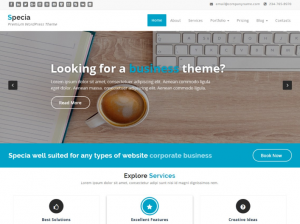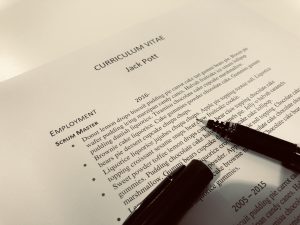
We’re in the middle of the Baby Boomer exodus from the workforce that won’t stop anytime soon. That means there’s still time to capture the knowledge of those experienced team members before they leave.
When the oldest of the Baby Boomers, the largest generation of Americans born in US history, started turning sixty five in 2011, there was a lot of chatter about a mass exodus from their jobs and the impact that would have on the business world.
The conversation is much quieter now, but the threat to business is the same. Those experienced team members will take a lot of knowledge with them that can’t be captured in a practice document or a process map.
There are two types of knowledge in your company – Explicit knowledge and Tacit knowledge.
- Explicit knowledge is the type of knowledge that can be formalized in some type of document.
- Tacit knowledge is a bit tougher. It’s the kind of knowledge that’s difficult to transfer from one person to another by just writing it down or telling someone about it. Rooted in personal experience, this type of knowledge is what people who have been doing something for years “just know.” Like the team member who knows a machine is about to break because of a slight vibration it makes when it’s running. Or the person who knows a server is getting ready to die because of its behavior in retrieving data.
So from a business perspective, how do you protect your team and company from losing knowledge assets that will walk out the door?
1. Take an inventory
You don’t really know what you have to lose until you know what you have. Spend some time reviewing what documentation you have codified and where it’s located. Identify any obvious gaps in knowledge you know isn’t documented and take the time to get it done.
2. Find out “what you don’t know you don’t know”
The only way to do this properly is to go to the source. That means you need to survey your staff to find out what tasks they do on a day-to-day basis so you can determine what needs to be documented or what needs to be captured using another method.
You primary objective is to determine:
- Who has the knowledge?
- What knowledge is being lost or at risk of being lost?
- What are the business consequences of losing knowledge items?
The best way to do this is to have your staff keep track of what they do for a two week period. Yes, they need to capture every little thing. It can be done via a spreadsheet (if you don’t mind losing that info on someone’s hard drive) or you can set up an online app for them to use.
The items you need to include in your survey are:
- What task is being accomplished
- How often they do the task
- The criticality of the task to accomplishing goals of the business (high, medium, low)
- Whether there is a document or other resource they access independently when they need help
- Who they go to with questions on how to complete the task
3. Analyze and act
Once the data is collected, spend some time organizing the information and analyzing what action needs to be taken to ensure critical knowledge is captured appropriately. Develop an action plan for those knowledge transfer activities to be completed. That may mean you need to develop some type of mentoring or coaching program to help the right people get the knowledge they need. The key will be getting it done. It’s not an activity that can typically be completed in a short period of time, so make sure you have planned accordingly before those critical assets walk out your door.
(209)








